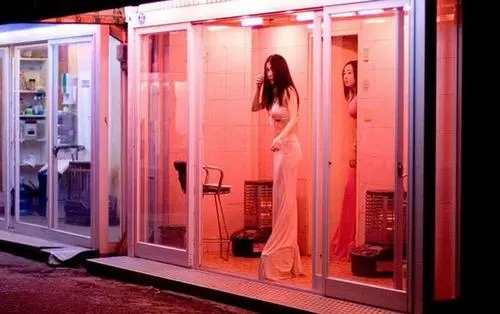
Introduction: Shanghai, a bustling metropolis in China, has undergone significant changes in recent years, including the transformation of its famous red light district. This article aims to explore the evolution of Shanghai’s red light district, highlighting the reasons behind the changes and the impact on the city’s social and cultural landscape.
Historical Context: Shanghai’s red light district, known as “The Bund,” famous shanghai massage place, has a long history dating back to the early 20th century. It was a hub for prostitution and entertainment, attracting both locals and foreigners. However, in the late 20th century, the Chinese government initiated a series of reforms aimed at curbing illegal activities and improving the city’s image.
Government Intervention: The transformation of Shanghai’s red light district can largely be attributed to the government’s efforts to clean up the city and promote a more wholesome image. In the early 2000s, the government implemented strict regulations and crackdowns on illegal activities, forcing many establishments in the red light district to close down.
Urban Renewal and Redevelopment: As part of Shanghai’s urban renewal projects, the red light district underwent significant redevelopment. Many old buildings were demolished, making way for new commercial and residential developments. The government aimed to transform the area into a more upscale and modern district, attracting businesses, tourists, and residents.
Cultural and Social Impact: The transformation of the red light district has had a profound impact on Shanghai’s social and cultural landscape. With the closure of many establishments, the once vibrant and notorious nightlife scene has significantly diminished. This change has led to a shift in the city’s entertainment and nightlife options, with new entertainment districts and venues emerging in other parts of Shanghai.
Tourism and Economic Development: While the closure of the red light district has affected its historical significance, it has also contributed to the city’s tourism and economic development. The redevelopment of the area has attracted new investments, luxury shanghai escorts hotels, high-end restaurants, and upscale retail stores. The district now offers a more diverse range of attractions and experiences, appealing to a broader demographic of visitors.
Conclusion: The transformation of Shanghai’s red light district reflects the city’s ongoing efforts to modernize and improve its image. While the closure of the district has changed the city’s nightlife scene and historical landscape, it has also contributed to the city’s economic development and provided new opportunities for tourism. Shanghai continues to evolve, embracing its rich history while adapting to the changing needs and aspirations of its residents and visitors.
All news from Lily shanghai escort http://www.lilishanghaiescort.com